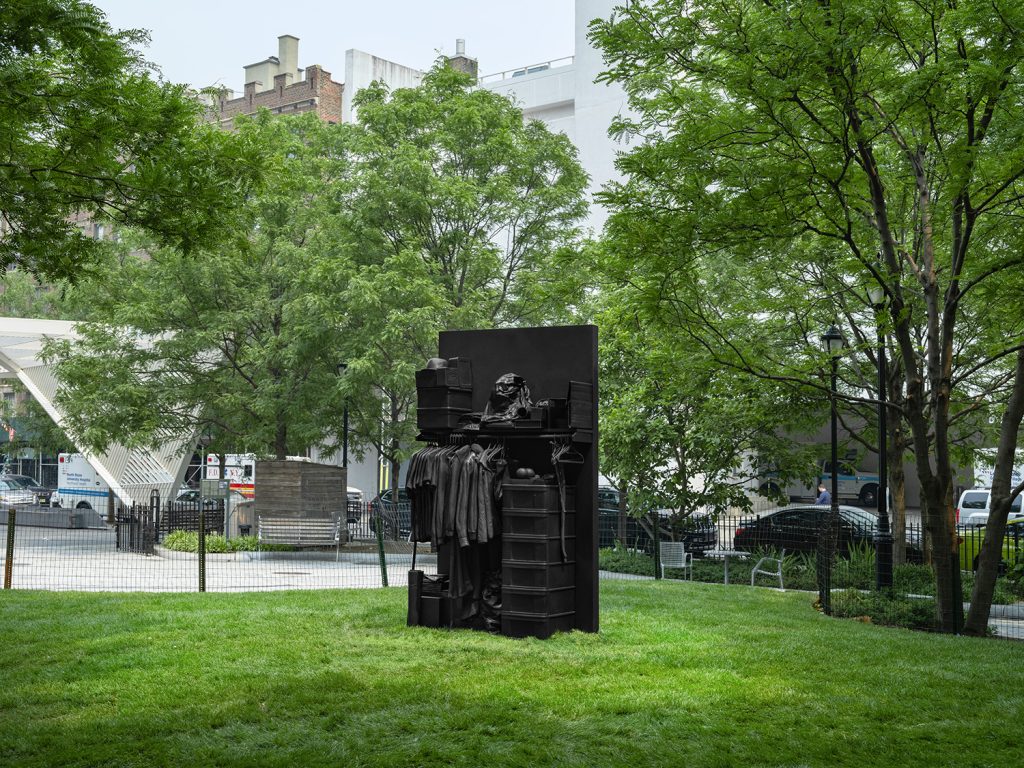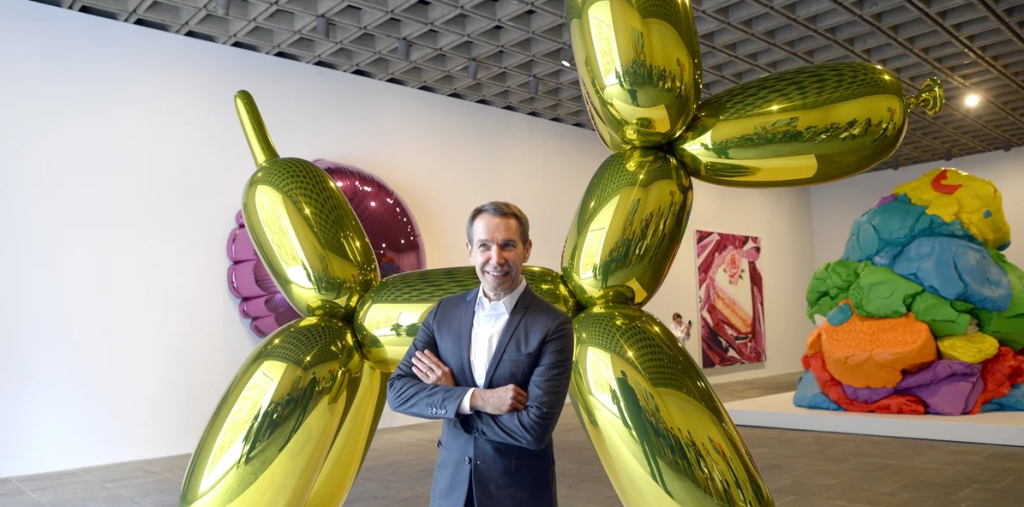The Essence of Motion: Unpacking Rodin’s ‘The Walking Man’
Auguste Rodin’s sculpture, ‘The Walking Man,’ captivates viewers with its raw expression of movement and emotion. This iconic piece offers insights into the human condition and the artistry of sculpture, making it a pertinent subject for art enthusiasts and casual observers alike.
The Innovative Technique Behind ‘The Walking Man’
Rodin employed a groundbreaking approach to sculpting that emphasized the dynamic quality of the human form. Unlike traditional sculptures that often present figures in static poses, ‘The Walking Man’ captures a moment in motion, highlighting the tension and energy of a figure on the move. Rodin’s choice to leave the arms and head incomplete is particularly striking; this intentional absence serves to focus attention on the body and its potential for movement. The result is a representation not just of a person but of the essence of walking itself—an exploration of rhythm, balance, and the act of being in motion.
Symbolism and Emotional Depth
At its core, ‘The Walking Man’ transcends mere representation, embodying deeper themes of existence and the passage of time. The figure, though unfinished, projects a sense of purpose and determination, reflecting the struggle of humanity. The absence of certain body parts invites viewers to contemplate what remains essential in our pursuit of life. This emotional depth resonates with the viewer, evoking personal interpretations related to their journeys. In this way, Rodin’s work becomes a mirror reflecting individual experiences, making it universally relatable.
Rodin’s Impact on Modern Sculpture
Rodin is often regarded as a precursor to modern sculpture, as he broke away from classical traditions to embrace a more expressive style. His influence is evident in the way artists approach form and movement today. By utilizing texture and a rougher finish in ‘The Walking Man,’ he paved the way for future sculptors to experiment with emotional expressiveness and abstraction. This shift not only changed the aesthetic principles of sculpture but also invited a more profound engagement with the viewer, encouraging them to feel rather than simply observe art.
In conclusion, Rodin’s ‘The Walking Man‘ serves as both an exquisite work of art and a reflection on the act of living. Its innovative technique, rich symbolism, and lasting influence offer much to those willing to delve deeper into its meaning. Explore this fascinating sculpture further, and consider visiting a museum or gallery where you can experience its compelling presence firsthand. Discover how motion and emotion intertwine in this remarkable piece, inviting you to reflect on your own journey.


